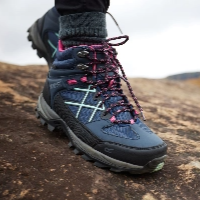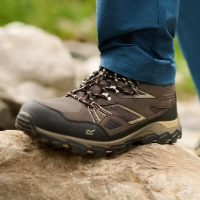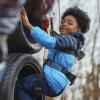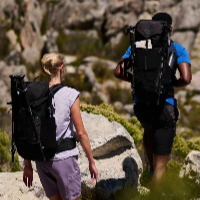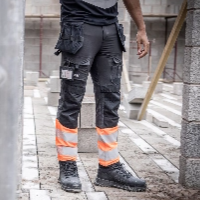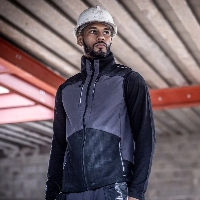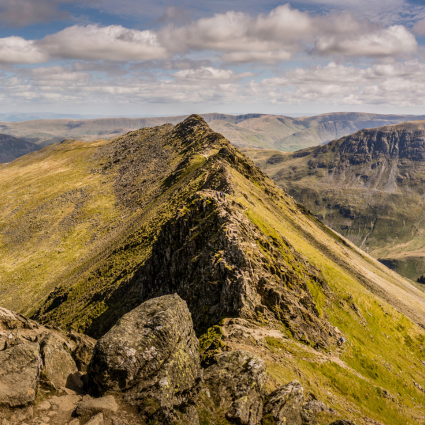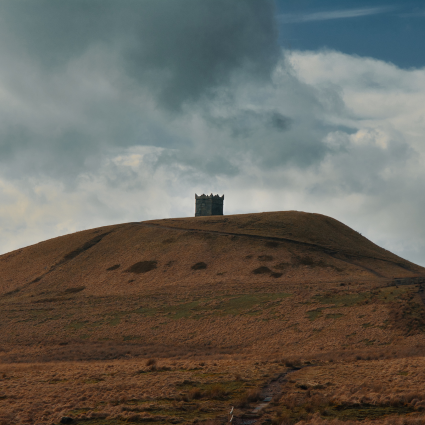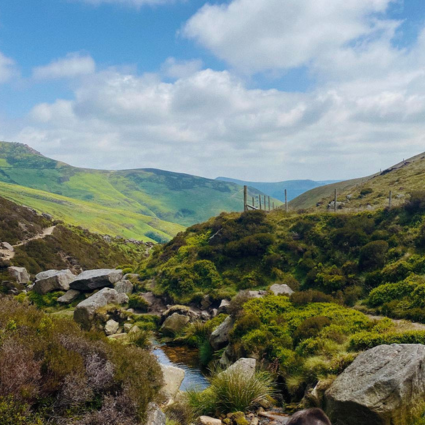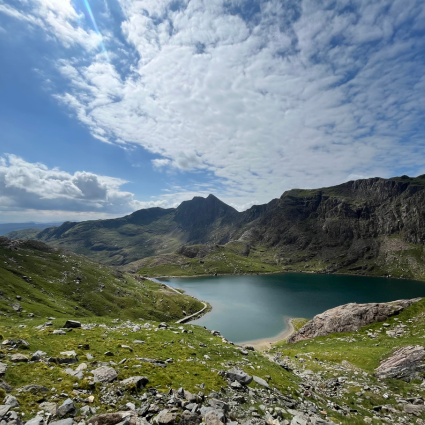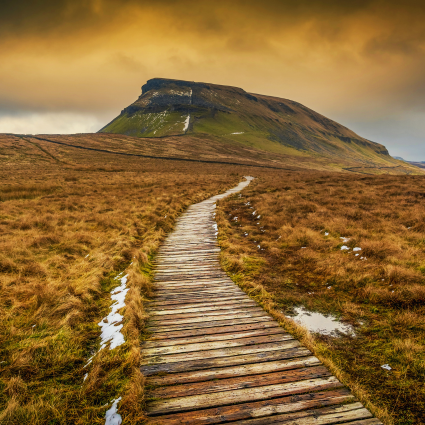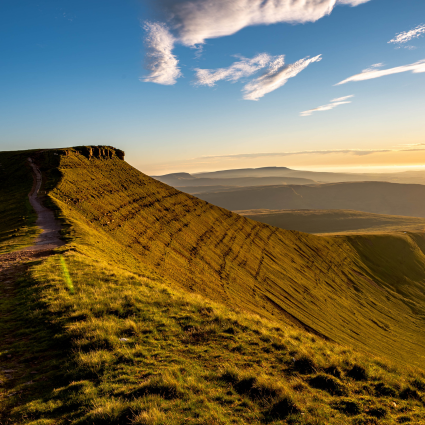Always follow a planned route and pace yourself
If you’re new to hiking, always ensure you have a clear route planned before you set off, and stick to it.
The weather can quickly change on a mountain and if you do not know the way back down, you can quickly become lost and disorientated.
If you're organizing your first hike, don't plan a route which will be too challenging. Start with a short distance trail and build up as you become more experienced. Ordnance Survey offer an online route planner so you can find a suitable hiking route close to you!
Take a map
While we may all rely on maps from our mobile phones in day-to-day life, we can't always do the same in the countryside. Phone signal can be difficult to find in the outdoors, so take a physical map with you to keep track of your walking route.
Check the weather before you set off
Make sure you check the weather forecast before you travel. This will give you a good idea of what conditions you can expect to find along the route. This will also give you a better indication of the type of clothing you should wear for the day.
Take Regular Breaks
If you aren't used to long walks, then chances are you won't be clued up on how to prevent blisters when hiking.
It's important to take regular breaks, taking the time to take your walking boots off and let your socks air out. Damp socks cause the skin of your feet to soften and become more susceptible to blistering.
It's also a good opportunity to empty out any small stones that have made their way into your shoes.
Always pack enough food and water for the day
Make sure you pack plenty of snacks and water to keep you going for the duration of the hike. Stock up on cereal bars, fruit, nuts and even make a few sandwiches before setting off.
You don't want to go hungry if you're on the mountain for longer than expected. Water is also critical on a hike so pack a large water bottle and take regular water breaks along the way.
Tell a Friend or Family where you're going
Always make sure you tell someone close to you where you plan to explore before you set off. In case of an emergency, the right people will have a rough idea of your location. A simple text could make all the difference!

